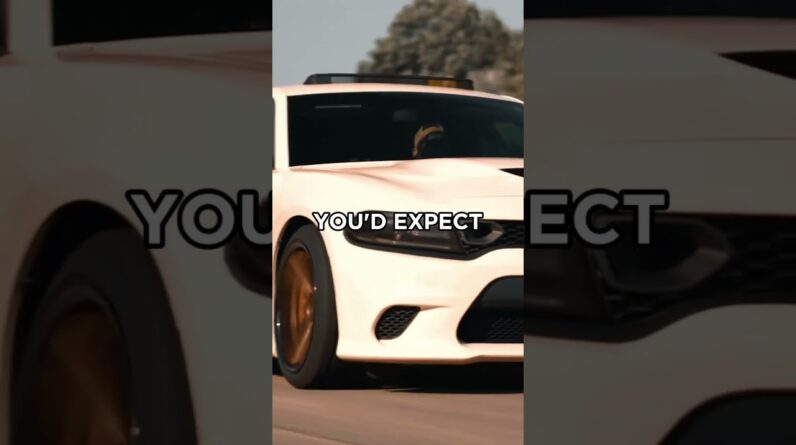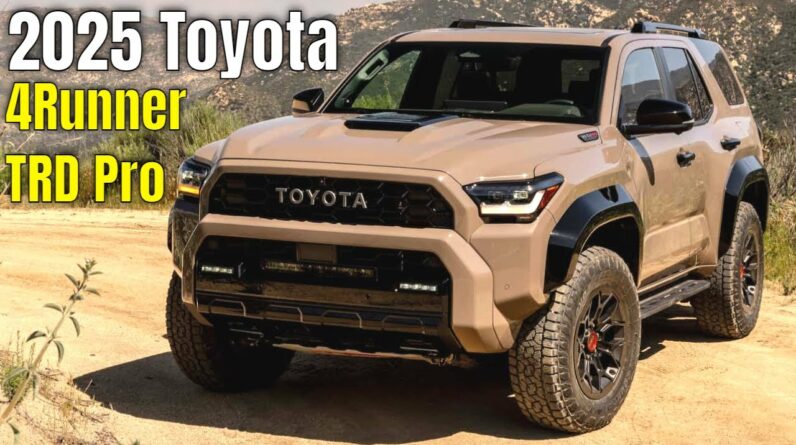The origin tale commences in the year 1950, though it’s quite conceivable that nobody could have envisioned the remarkable popularity that would grace this diminutive van. The engine, a flat-four 1.1-liter marvel, nestled in the rear, relying on air cooling and mustering a modest 24 horsepower. However, as time unfolded, this potency expanded, culminating at 54 horsepower, courtesy of a 1.5-liter engine. The German production curtains descended in 1967, while Brazil continued crafting slightly altered T1s until 1996.
#VolkswagenEvolution
#IconicVWHistory
#FutureOfTransportation
For the Type 2’s second incarnation, the fundamental blueprint remained. The split-front windshield made way for a unified design, and the bus exhibited a modest growth in both dimensions and heft. Yet, its endearing charm remained intact—a compact, endearing contraption, found in multiple guises: bus, cargo hauler, and pickup. The heart, an air-cooled powerhouse positioned at the back, evolved into a 2.0-liter juggernaut generating 70 horsepower. While the curtains closed on Euro and US models in 1979, a modified iteration staged a comeback in the early 1990s in specific markets. The last hurrah for the air-cooled, rear-engined Volkswagen materialized as the T2c, an offspring of Brazil, in 2005.
Angular contours took the center stage for the third-generation Type 2, its grand entrance timed impeccably with the advent of the 1980s. Though marginally more capacious, the enduring Type 2 hallmark of a rear-mounted engine held firm, granting the option of van or pickup configurations. Nonetheless, the age of air-cooled engines bowed out on a grand scale, ushering in the era of liquid-cooled mills in 1983. The T3 witnessed the debut of “luxurious” perks, like power steering and air conditioning. In South Africa, T3 production persevered until 2002, yet this era effectively marked the rear-engined VW bus’s swan song.
Debuting before the final German T3 curtain call in 1990, the T4 propelled the Type 2 into the mainstream with its minivan-esque front-engine layout. The “minivan-esque” tag persisted due to VW’s inclusion of a pickup-truck variant alongside passenger and cargo vans. Camper models joined the lineup as well. Though the shift to front-engine mechanics diminished the Type 2’s distinct identity, it invited a hearty dose of power, culminating in a robust 2.8-liter, 24-valve DOHC V6 motor churning out 201 horsepower.
The fifth-generation T5 abandoned its small, underpowered origins, evolving into a medium-sized contender for European markets. Spiraling import duties led VW to sever its ties with the American market, as sales struggled to justify the added expense. The front-engined T5 confidently spun its front wheels alone or engaged all four, drawing vigor from an array of gasoline and diesel powerplants that, in their zenith, bestowed 232 horsepower. An amusing twist, the T5’s camper rendition donned the moniker “California,” despite its absence from the US market. The array persisted: cargo and passenger vans, alongside a trusty truck variant.
The present-day T6 stands on the shoulders of the T5, adopting its underpinnings, but received a substantial makeover for its debut in 2015. Straying miles away from its T1 origins as a rudimentary, air-cooled van, the versatile spirit of the Type 2 prevails. Potential buyers can seize a fresh Transporter in the guise of a panel van, passenger carrier, camper, pickup truck, or a chassis cab primed for personalized enhancements. The choice of front- or all-wheel drive beckons, accompanied by power options courtesy of a 2.0-liter gasoline or diesel engine.
With the advent of the ID. Buzz, a new motoring era dawns. Volkswagen Commercial Vehicles has commenced sales in Europe, with the inaugural batch set to grace their owners this forthcoming autumn. Dual versions manifest: the ID. Buzz MPV and the ID Buzz Cargo van. The ID. Buzz embodies a modernist chariot for families, the energetic populace, and enterprises. The aesthetic narrative is succinct: an icon, brimming with potency and approachability. The streamlined body’s subtle extensions harmonize visually with its nimble driving demeanor. A robust electric motor, boasting 201 horsepower, stands ready with its full 229 lb-ft of torque, a force unleashed instantly.
Get More Great Car Videos – Subscribe: https://goo.gl/BSIaFc







